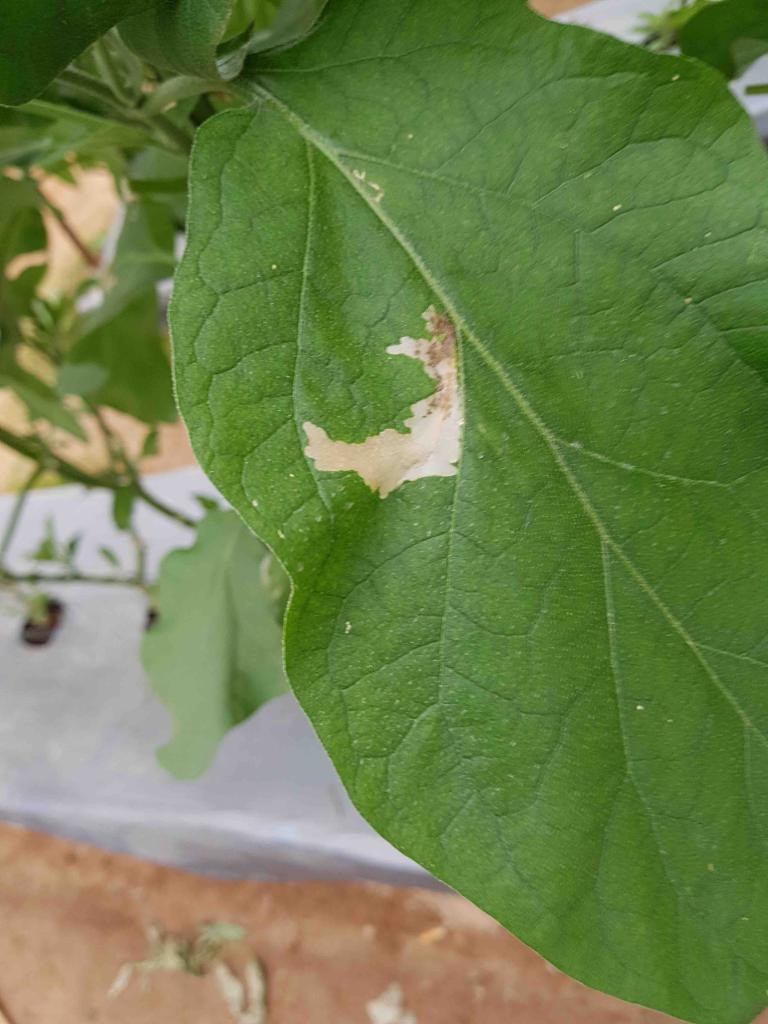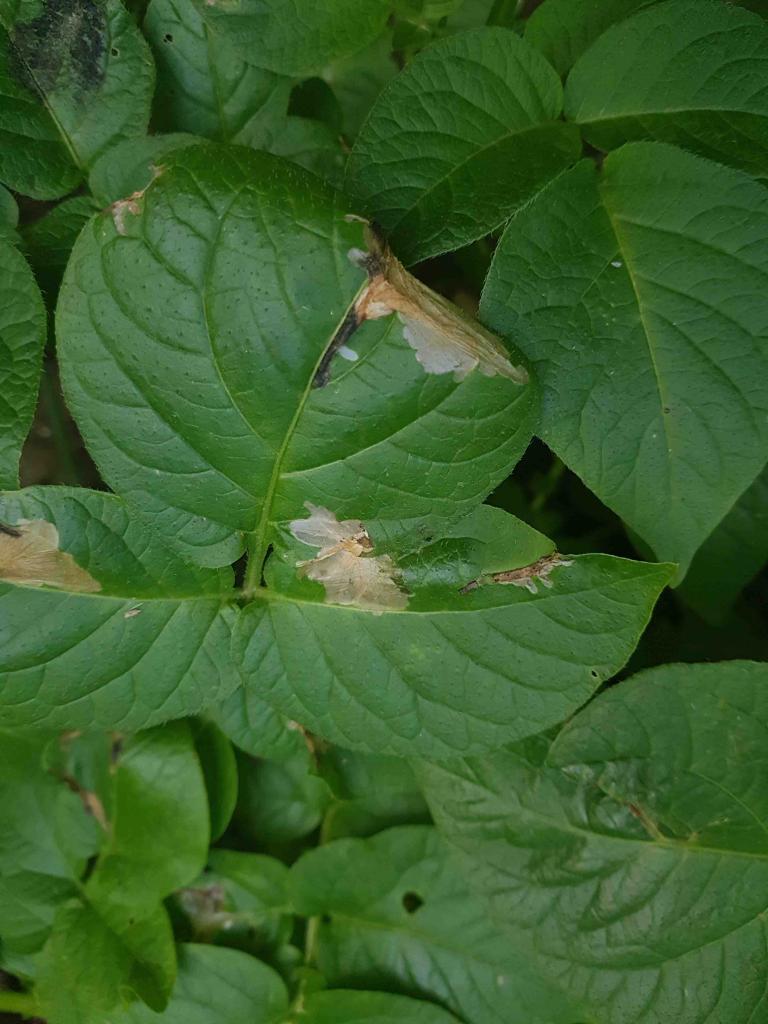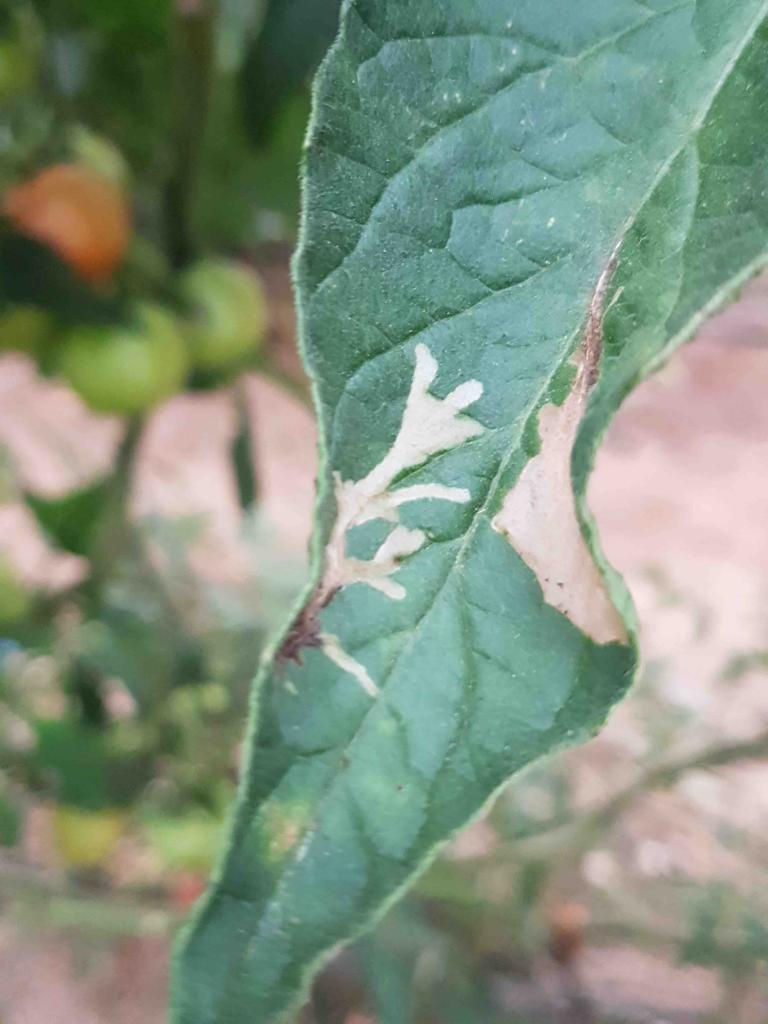Tuta absoluta
Tomatoes, eggplants, potatoes, tobacco, and peppers
Tomato leafminer is a species of moth and a member of the gelechiidae family belonging to the Lepidoptera order. It is a serious pest of tomato crops in large parts of the world.
Damage to plants is caused by the larvaes (caterpillars) feeding on foliage and fruits. An unattended infection can easily become severe, resulting in up to 100% yield losses.
The caterpillars can attack ripe fruits, but they have a tendency to attack unripe, green fruits. Cherry tomato varieties are less likely to be affected.
Females can lay up to 250 eggs in her lifetime and will do so mainly on leaves. Optimal temperatures for tomato leafminer is between 25 to 35 degrees Celsius.
In the beginning, the most obvious signs show on the foliage in the form of tunnels that may resemble leafminer symptoms. Soon enough, the tunnels will become much larger and greater than leafminer tunneling, which appears substantially different.
Calendrier: Il est plus facile et plus rentable de surmonter les infestations au cours des premières étapes. Surveillez régulièrement le champ et recherchez les signes ci-dessus.
Utiliser des techniques de surveillance des ravageurs (tels que des pièges) pour suivre les populations d’insectes.
Utilisez des pièges disponibles dans le commerce conçus pour la capture en masse. Les pièges ne constituent une alternative équitable aux traitements conventionnels que s’ils s’accompagnent d’une surveillance systématique.
Assainissement: Gardez l’environnement proche des cultures en éliminant les mauvaises herbes, les débris de plantes, les parties endommagées, la croissance indésirable des plantes et les plantes à proximité qui ne sont ni cultivées ni protégées.
Grandir à l’intérieur des structures : Gardez la structure fermée et les filets exempts de trous.
Les produits utilisés dans une ou plusieurs régions du monde peuvent contenir les ingrédients suivants :
flubendamide, méthoxyfénozide, chlorantraniliprole, pyridalyl, lambda cyhalothrine, indoxacarbe, bifenthrine, lufénuron, cyperméthrine, benzoate d’émamectine, et teflubenzuron.
spinosad- produits à base et Bacillus thuringiensis.
*Names marked in red are considered to be highly poisonous to beneficial insects.
*Names marked in green are considered to be organic and IPM (integrated pest management) compatible.
Image Gallery


